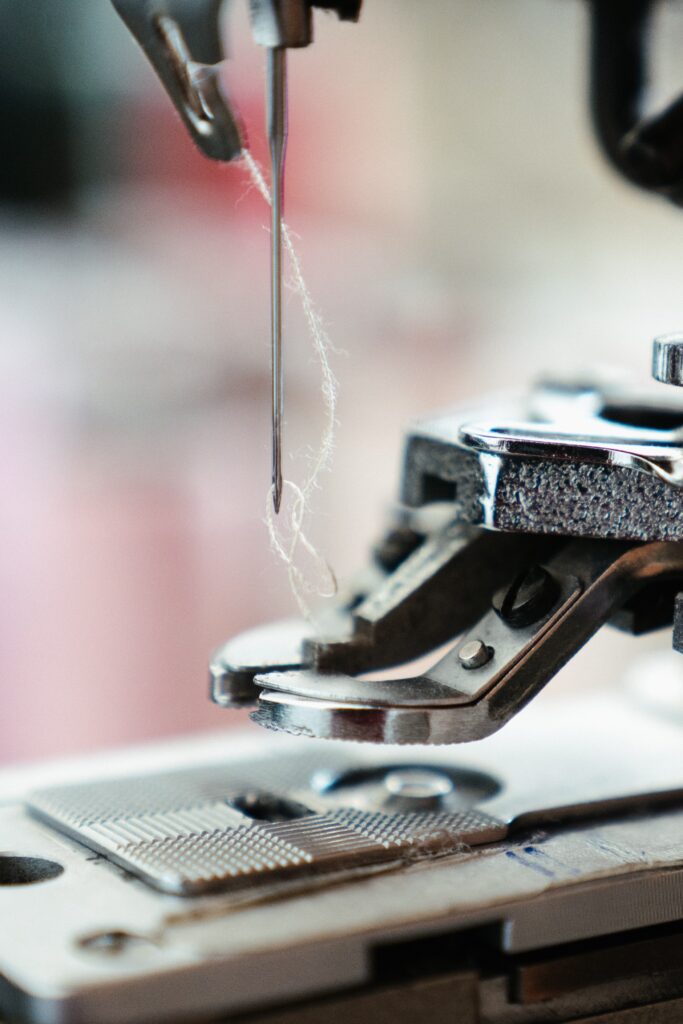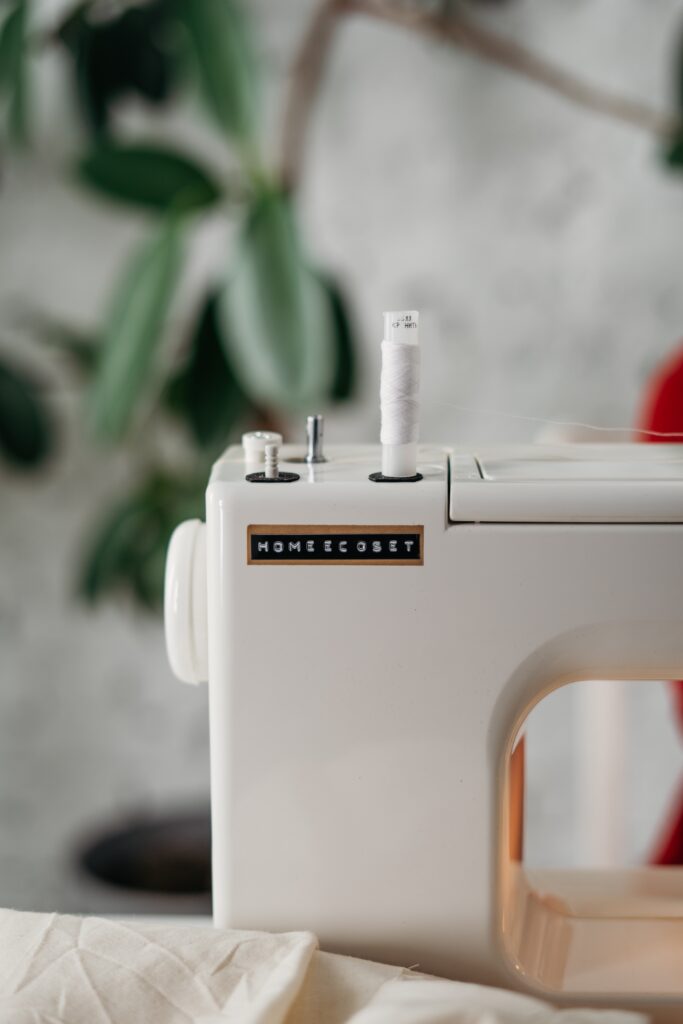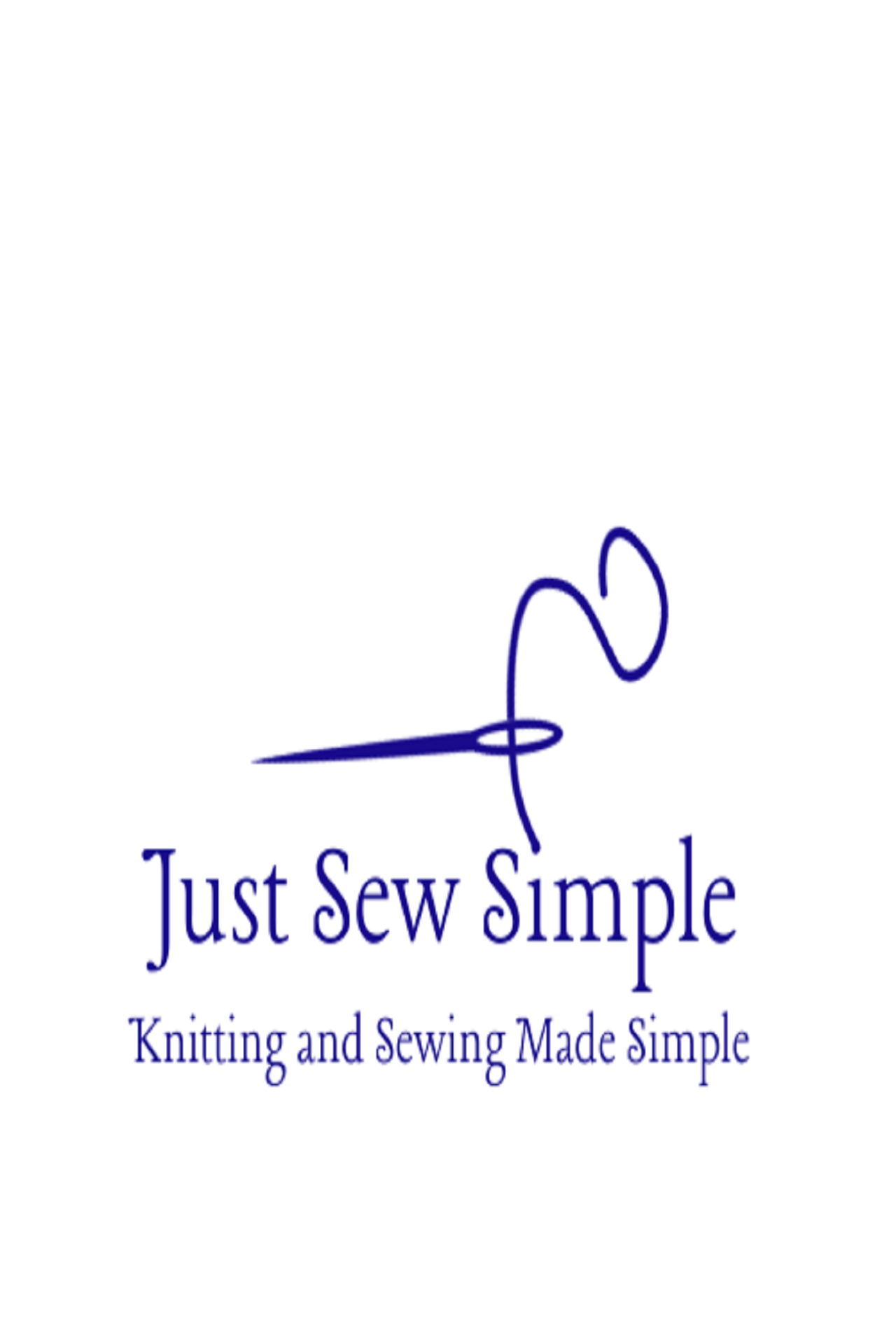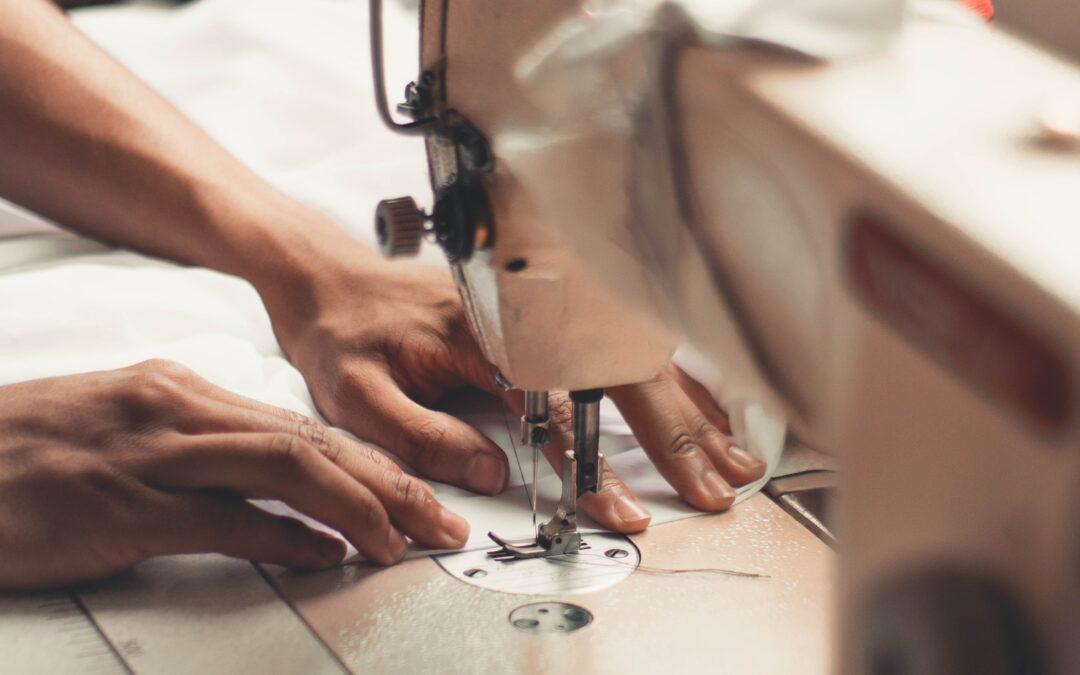The first step to embarking on your new sewing journey is to make sure you have an appropriate beginner’s sewing machine. You want something that can grow with you as you learn but won’t be too difficult to learn your first steps.
With so many wildly different kinds of sewing machines with varying levels of features, how can you know which would be the best machine to learn on? It might be tempting to buy a beginner’s sewing machine with every possible function, but hold off on that for now; you don’t need most of those features.
Let’s narrow it down and help zero in on what would work well for somebody who’s just learning.
Is a Sewing Machine Easy to Learn?
If you have the right sewing machine, it’s definitely easy to learn! But, as with learning anything new, you need to have a little patience and give yourself some time to experiment and make mistakes with it.
Even a beginner machine can look intimidating – all those bells and whistles! – but there’s no need to panic. You shouldn’t expect to become an expert all at once. Instead, you can learn how it works, one bell and one whistle at a time.
And don’t shy away from consulting your machine’s manual. There is a lot of helpful information in there, and it will be model specific. That means you’ll get more from that booklet than you probably will from a general online resource.
Basic Features to Consider When Buying a Beginners Sewing Machine
Not all sewing machines are created equal, so you’ll want to evaluate some aspects that could influence your experience with your first sewing machine. For example, some features make your sewing machine easier to interact with, meaning you may find sewing easier on those machines.
Some features are an absolute must when you’re sewing, and others are a nice perk. But the more features you have, the more expensive the model will be, so you don’t need to bother with too many of them as you learn to sew.
Size and Weight
You could get a mini sewing machine for very basic functions and just learning the foundations of sewing. A mini machine can be an excellent sewing machine for beginners. On the other hand, a mini machine can’t really handle massive cloth amounts. If you are sewing something large, such as curtains, it might be too small for the project.
If you want to go on to bigger and more complex sewing projects (that involve more than just hemming a pair of pants), you should go with a larger beginner’s sewing machine.
Something else to consider when deciding which size your sewing machine should be is where you’ll keep it. Do you have a permanent home for your sewing machine? If you have a spare bedroom or empty corner in a room where you can keep your machine set up all the time, weight probably won’t be an issue for you.
However, if you need to store your sewing machine in a closet and set up shop on your dining room table when you’re working, you don’t want something super bulky. You need to be able to lift it easily.
I also suggest investing in a solid carrying case to make it easier to move around. It also keeps your machine from getting dusty.
Automatic Needle Threader
It sounds cliché to complain about threading needles, but it really can be a pain in the derriere! Especially if you are getting to a certain age and need your reading glasses more and more frequently. (Ok, I admit that I’m talking about myself.)
However, a built-in needle threader does the heavy lifting for you. It saves you from straining your eyes, and you won’t end up swearing like a sailor whenever you try to thread a needle. (Again, that’s me.)

An automatic needle threader has a small hook that pulls the thread through the tiny eye of the needle for you. Is it necessary? Of course not. But is it awfully nice to have? You bet!
Since you need to thread your needle every time you sew, this handy feature may save you time. No more fiddling around!
Free Arm Capability
The base of your beginner’s sewing machine will likely be pretty bulky. As a result, it may get in the way when you’re working on smaller projects.
However, most sewing machines include a built-in free arm; it’s a detachable piece of the base. You remove it so you can work on a smaller portion of your machine, making many projects so much easier to navigate. Hemming pants and sewing sleeves, for example, become much more manageable.
Without this removable section, you aren’t able to sew narrow cylinders at all. The lack of a free arm on your sewing machine can prevent you from taking on some projects with your machine; otherwise, you’d have to sew them by hand.
Top Loading Drop-In Bobbin
I’ll be honest; my sewing machine doesn’t have this feature, which makes me very sad.
Right now, my bobbin leads into the front of the machine, after I remove the front and bobbin casing, load it, and thread it. And after all that, I can’t track how much thread is left on my bobbin as I sew. So, as a result, I often don’t even realize I’ve run out of my bottom thread until after I think I’ve finished a piece.
Then I have to sew the piece all over again!
BUT, a top-loading bobbin makes the process so much easier. You just remove a small cover on the base of your sewing machine and pop the bobbin in. And as a bonus, the casing cover is transparent so that you can keep an eye on your thread level.
Number and Type of Built-in Stitches
You won’t need to do any fancy stitchwork as a beginner sewer, but you’ll want a beginner sewing machine that offers more than basic stitches. Having a selection is a handy option as you learn and grow.
Most beginner sewing machines can do a straight stitch, a zigzag stitch, and basic buttonhole work; they should also offer an adjustable stitch length. You’ll need a more high-end sewing machine to get the fancier, more advanced stitching, like a blind hem or overlock stitch.
Extension Table
This isn’t a must-have feature, but it is nice to use if you have it.
An extension table makes your workspace larger to accommodate larger swaths of fabric. So if you are sewing curtains or a blanket, this feature holds your work so it doesn’t drop off your base and pull your fabric as you’re sewing.
Again, not required, just helpful.
Presser Foot
Make sure your beginner’s sewing machine comes with multiple presser feet. This part of the sewing machine holds the material down as you sew, preventing it from moving wildly. I dare you to try sewing without one. (Just kidding, I don’t. What a mess!)
Your sewing machine will likely also have adjustable presser foot pressure, so you can control how firmly it holds down your fabric. Each fabric will do better with specific settings.
A good beginner’s sewing machine should come with a few feet for different functions. A zipper foot and buttonhole foot are essential to have; you’ll be putting those to use, for sure.

Types of Sewing Machines

The best type of sewing machine for you boils down to what kind of sewing you want to do. But, of course, your personal tastes will also play into which beginner’s sewing machine you’ll work best on.
Different types of sewing machines come equipped with specialized functions, making them more suitable for specific projects.
Mechanical Machine
This is your standard electric sewing machine. Manual dials and switches control its settings, and it relies on a foot pedal to control the motor.
A mechanical sewing machine is the best type of beginner’s sewing machine. It doesn’t include a daunting array of options and is usually fairly intuitive to figure out. These are best for your basic, everyday sewing projects.
Computerized Machine
Computerized sewing machines are much more complicated and advanced than the standard mechanical machine. It can do more than your grandma’s Singer!
These are more luxurious machines, as you program them to do what you want them to do. They are, naturally, more money than their mechanical counterparts and are suitable for avid sewers. I don’t recommend starting with a computerized machine as your beginner’s sewing machine.
Serger Machine
This is a specialized machine that’s also called an overlock sewing machine. It adds a professional, finished look to your seams by using a 3-in-1 function.
- Stitches a seam
- Trims extra fabric from the seam
- Finishes the fabric edge to prevent fraying and give a high-quality look
Coverstitch Machine
The coverstitch sewing machine is another specialized machine that also gives your seam a professional finish. Yet, it’s different from the serger machine because the finishing is all it does. It doesn’t trim away the excess seam fabric.
Embroidery Machine
You won’t get any use out of an embroidery machine when you’re learning the basics of sewing, as it doesn’t sew material together.
Instead, you program it to embroider a chosen design onto your fabric. It also does monograms, too. Your regular beginner’s sewing machine doesn’t have embroidery capabilities, though it may offer one or two decorative stitches.
Quilting Machine
A quilting machine is like your average sewing machine on steroids. It has more features and add-ons, plus the workspace is much wider to hold your quilting projects.
You don’t have to have a quilting machine since you can do it all on your beginner’s sewing machine, but it is a nice piece of equipment if sewing quilts is your jam.
Manual Sewing Machine
This sewing machine offers no computer or electricity. Instead, it’s a vintage sewing machine invented before computers and electricity. So you operate it with a crank wheel or a foot pump to make the needle move up and down.
A manual sewing machine isn’t something a beginner would gravitate to, but it sure is beautiful.
How Much to Spend on a Sewing Machine for Beginners
If you aren’t really sure yet if this new hobby is your thing, you probably don’t want to fork over a ton of cash. However, you also don’t want to settle for the cheapest beginner’s sewing machine. A bad sewing machine could definitely sink your new hobby!
Instead, look for a beginner’s sewing machine with at least a few of the features I listed above. You probably don’t want to go crazy with extras since that will raise the price, but opt for a couple that you think might make your experience easier.
You can expect to spend up to a couple of hundred dollars on a decent beginner’s sewing machine. Before making any investment, I always suggest checking your chosen product’s rating on Consumer Reports.


Trackbacks/Pingbacks